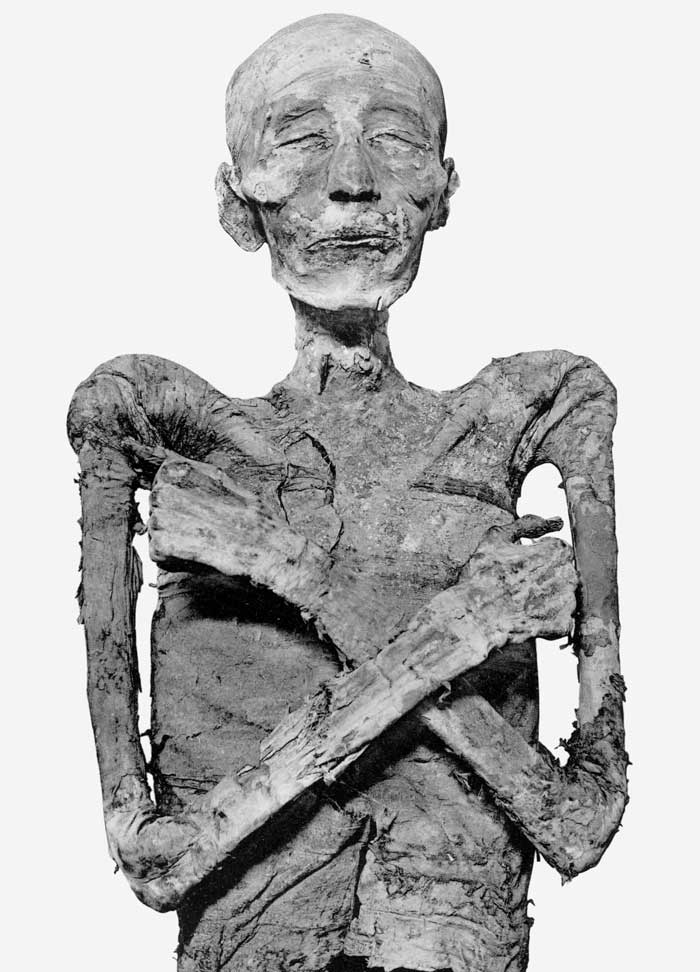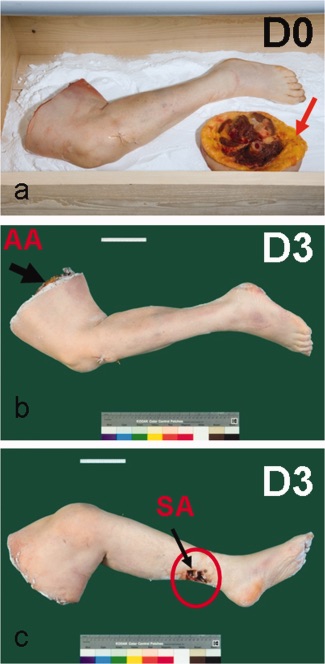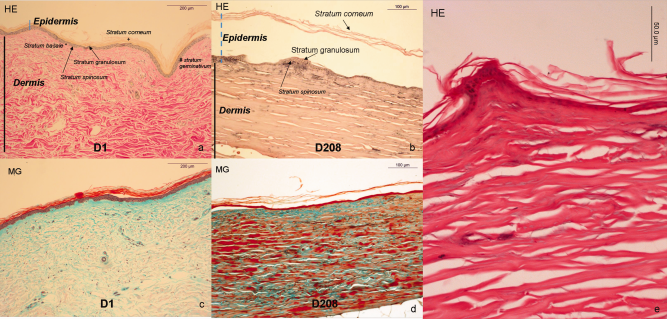Gallery: What Mummifying a Human Body Looks Like
By mummifying part of a fresh human corpse, scientists have gained an unprecedented look at the process of how the ancient Egyptians prepared their dead for the afterlife. The researchers used traditional techniques that involved preserving the body in a salt solution, and closely observed the mummification process using advanced microscopy and imaging techniques, as shown below.
Egyptian ritual
During mummification, the ancient Egyptians would first remove the corpse's organs and sterilize the body, then place it in a fluid of "natron" salt, which dehydrates the tissue and stops bacteria from degrading it. Finally, they wrapped the body in strips of linen before burying it in a grave or tomb. (Image credit: General Antiquites Egyptiennes du Musee du Caire: The Royal Mummies Le Caire, 1912, public domain)
Modern mummy
Scientists replicated the ancient Egyptian process using the leg of a recently deceased woman who had donated her body to science. They immersed the leg in natron solution, and took tissue samples every few days to analyze them under a microscope. They also examined the tissue using X-ray imaging and genetic analysis. (Reproduced with permission from The Anatomical Record 298(6), June 2015: Special Issue The Anatomy of the Mummy.)
Mummification progress
The mummification process was successful, but took almost seven months (208 days). By contrast, the ancient Egyptians took two months or less, historical accounts suggest. This may be due to the cooler, damper conditions in the lab where the study took place, compared with the arid environment of ancient Egypt. (Reproduced with permission from The Anatomical Record 298(6), June 2015: Special Issue The Anatomy of the Mummy.)
Get the world’s most fascinating discoveries delivered straight to your inbox.
Mummified muscle tissue
After 208 days, the muscle tissue was shrunken, but intact. The removal of water from the tissues using salts was critical for preventing bacterial degradation. (Reproduced with permission from The Anatomical Record 298(6), June 2015: Special Issue The Anatomy of the Mummy.)
Mummified skin tissue
The skin tissue was shrunken and the top skin layer peeled off from the underlying layers. Nevertheless, the skin was well-preserved during the mummification process, showing just how effective ancient methods were at preserving bodies after death. (Reproduced with permission from The Anatomical Record 298(6), June 2015: Special Issue The Anatomy of the Mummy.)
Follow Tanya Lewis on& Twitter. Follow us @livescience, Facebook & Google+.








